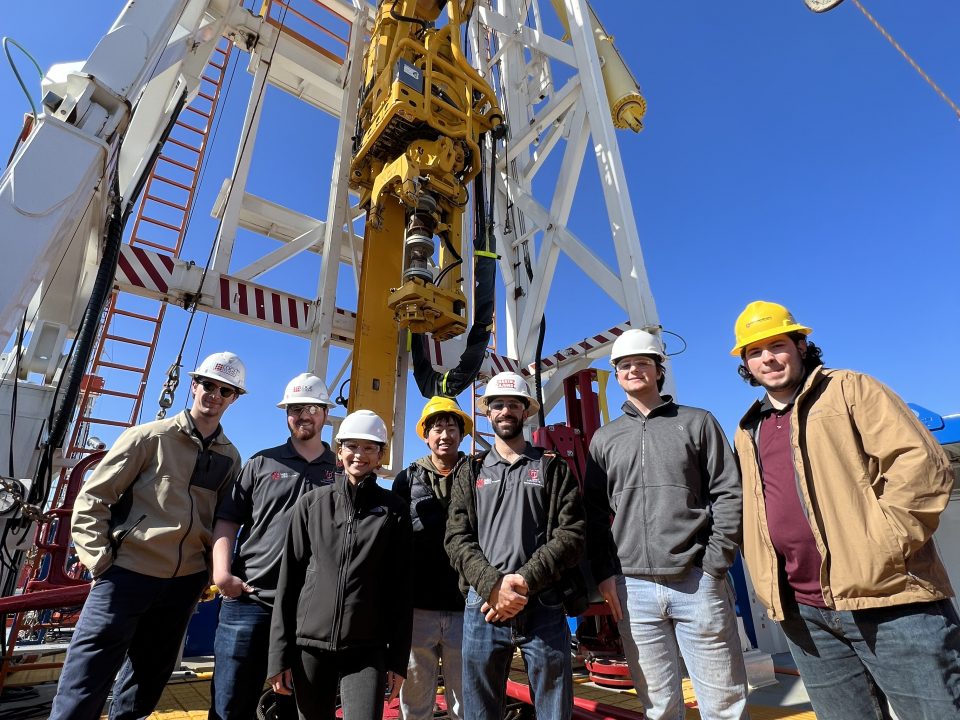Crane Safety: Rigging and Slinging
Crane Safety: Rigging and Slinging
Making the lift. Only trained operators designated in writing by the company should be allowed to operate a crane. The only exception to this is a crane operator trainee (also named by the company) under the guidance of the trained operator while both trainee and operator are on the crane.
A trained operator is one that has been trained on that particular make, model and type of crane. A crane operator trainee is one who has no crane operator experience, or is a crane operator but with experience on another type of crane.
Before the crane is put in operation each day, follow the “Daily Inspection and Startup Procedure”.
Never leave the crane when a load is suspended.
Determine the weight of the load. If you do not know the weight of the load, get on the telephone or radio to see if the load was weighed at the dock or another rig as it was loaded onto the boat or at the scales while being trucked to the location. You should know the weight of the load so that you can select the sling size required to pick it up. Be sure that the slings you select are in good shape with no kinks, dog legs, broken wires, etc., and that the end fittings are in good shape.
Slings should be long enough to prevent crushing equipment you pick up. A spreader bar may be needed.
After the weight has been determined, look at the lift chart in the crane to see what the angle of the boom can be and still safely lift the load. Offshore: The boat should position itself close enough to the rig so that the boom does not have to be any lower than it necessary to lift the load. Lower the block with the slings down to the load.
Don’t let anything or anybody distract you from the operation. Keep your eyes on the load and on the signalman. Remember, only one man should give signals except in an emergency.
When the men have secured the slings to the load and are well out of the way, and the signalman has signaled to raise the load, engage the hoist and bring the load a few inches above the ground (deck of the boat) to be sure that the load is balanced. Offshore: In rough seas you may not be able to do this, so greater care should be taken when hooking up the load.
Riggers/Slingers. Be sure that the hooks on the slings are hooked into the pad eyes in such a way that they won’t slip out when you tighten the cables. If the sling being attached to the load is attached with a basket hitch (that is, wrapped around the load), be sure there are no sharp edges to cut the sling, and if there are, put a piece of wood between the sharp edge and the sling.
When the load man or signalman signals to raise the load, engage the control lever slowly. Don’t jerk the load as this puts a shock on the crane and cables and can actually break a cable. Offshore: After the load clears the boat and handrails swing the load over the water so that if a failure of any kind happens the load won’t damage the boat causing or perhaps hurt someone.
Hoist the load to where it will clear the handrail and other obstacles on the deck and slowly swing the load over the deck making sure that you do not swing over people and making sure no one is between the load and any obstructions. As the load is free swinging it could crush someone.
On a production platform, if the load must be swung over a pressure vessel of any kind, the production equipment should be shut in and the pressure relieved.
Watching the load and the signalman, and using the power load lowering on your crane as well as the foot brake, smoothly lower the load to the ground (deck).
You have heard the expression “the straw that broke the camel’s back?” Sometimes you find that the crane is overloaded and does not have power enough to raise the load onto the rig because you do not have enough parts of line or you know the crane is over loaded and you have to lower the load. Try not to stop the load on the way down, because even if you do it smoothly, the crane can be stressed at some point where it might break even with a slight shock. This can be the straw that broke the camel’s back.




